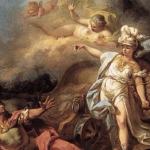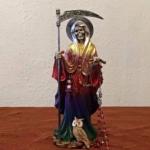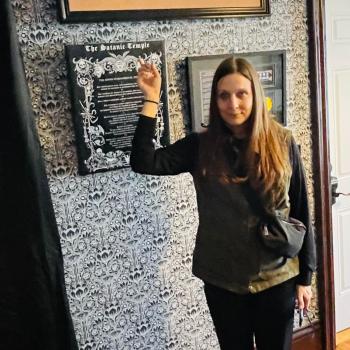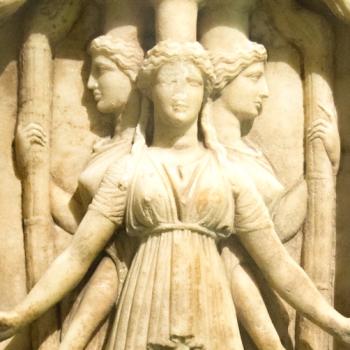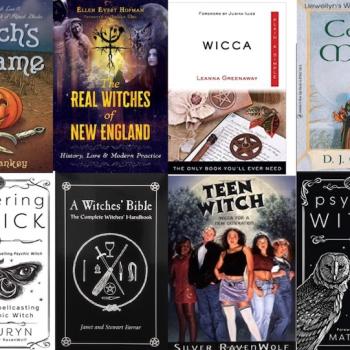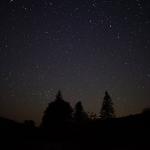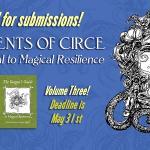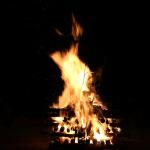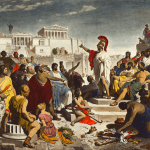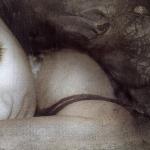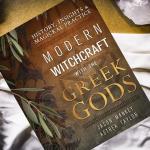Woke up to the news this morning that Raymond Buckland has passed, he was 83 years old. I can’t claim to have known Ray all that well, I did meet him once at an event, and that was the extend of my personal interactions with him. (For the record he was a perfect gentleman.) But I had many more experiences with him as a Craft elder and mentor. Buckland leaves behind a Witchcraft legacy that will outlive all of us, and deservedly so.
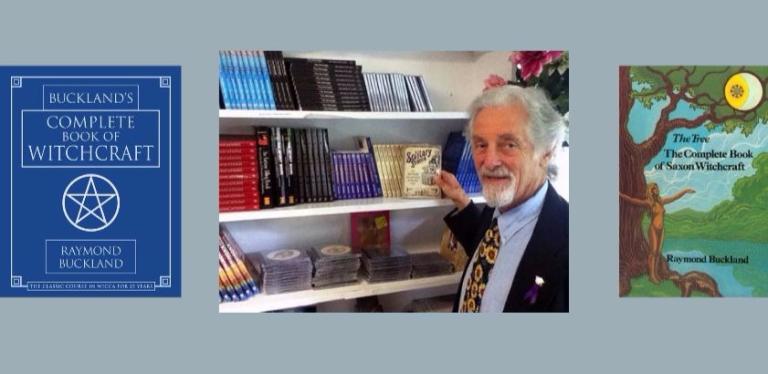
Though English by birth, Buckland and his then wife Rosemary were the first practitioners of Wiccan-Witchcraft in the United States. After moving to the US in 1962, Buckland became interested in Witchcraft, and the following year he and his wife travelled to Perth Scotland to be initiated by one of Gerald Gardner’s High Priestesses, Monique Wilson. With the Gardnerian Book of Shadows firmly in hand they came back to the United States and promptly set up the first Gardnerian Coven in New York City (and the country for that matter).
Buckland’s Long Island Coven would become one of the great incubators of American Paganism in general, and “The Long Island Line” of Gardnerian Witchcraft would evolve from it. The amount of Witches who are LI Line Witches reads like a virtual “Who’s Who” of 20th and 21st Century American Paganism, and it can all be traced back to Ray and Rosemary. (Full disclosure, this author is a Long Island Line initiate.) He would also go on to start a second American-line after his divorce from Rosemary known as the Kentucky Line of Gardnerian Craft.
If establishing the Long Island Coven had been all that Buckland accomplished I’d still be writing about him today, but he accomplished much, much more than that. In many ways he is responsible for Eclectic Wicca’s flowering. By giving a young initiate named Ed Fitch the go-ahead to start what would become known as an “Outer Court” Buckland gave people a way into Pagan-Witchcraft without requiring an initiation.
Until the establishment of the Outer Court concept in the late 1960’s the only way to engage in Witch ritual was to be an initiate. Outer Courts functioned as a gateway into Gardnerian Wicca and allowed interested parties to at least get a feel for what the tradition might be like. Best of all, it didn’t violate any oaths, and allowed various Pagans and Witches to come together to celebrate the sabbats and other things.
But Buckland’s approval of the Outer Court was only just the beginning. In 1974 he published The Tree: The Complete Book of Saxon Witchcraft, a revolutionary volume that would change Witchcraft forever. By 1974 there were a handful of Wiccan-style Witchcraft books on the market, but most of those centered around coven work, and one of them (Lady Sheba’s Book of Shadows) violated an oath taken by the “author.” Buckland’s book was both for the lone practitioner and it didn’t violate any oaths.
As Buckland would explain on many occasions, his Seax-Wicca was an entirely new Witchcraft tradition and it didn’t require an initiation to be a part of! Looking at The Tree through the lens of 2017 it feels scant on details and exactly “how to do” everything, but for its time it was revolutionary. Fifteen years before Cunningham’s Wicca: A Guide for the Solitary Practitioner Buckland had create the architecture for solitary practice. When discussing Buckland’s life and legacy this is an important moment that has been criminally overlooked the last 40 years, myself included.
For many Witches the book most associated with Buckland is not the The Tree, but Buckland’s Complete Book of Witchcraft, known by many of us as “The Big Blue Book” or “Uncle Bucky’s Big Blue Book.” I’m one of those Witches who grew up with the Big Blue Book, and it was one of the first “how to” volumes I ever read. I devoured every page of that book as a Witchling, and it informed my work then and it informs my work today.
Along with The Spiral Dance, To Ride a Silver Broomstick, and Cunningham’s Wicca, it became a Generation X classic. In the 1990’s nearly every Witch I knew had those four books. As a result Buckland was more than just a huge influence on his Baby-Boomer generation, he became a Witch icon to a second generation. Buckland isn’t just another author in my household, he’s Uncle Bucky.

Buckland would go on to write a whole host of other books, all of them worth a read, though few would become as iconic as The Tree or the Blue Book. Though at one point Buckland officially retired from the Craft he kept writing books about Witchcraft and he kept inspiring people. In 2011 he had a cameo role in the documentary film No One Dies in Lily Dale, which was a look at the spiritualist community located in Lily Dale New York.
Many of the “readers” in that film came across as pretty unreliable but then in the middle of the film you see Ray Buckland doing a reading, and the tone of the film changes. Buckland is serious, compassionate, and there’s no doubt that he’s tapped into something greater than himself. When watching it my wife and I smiled, “THAT’S BUCKLAND” I literally shouted at the television. Buckland inspired at Lily Dale, he inspired in life, and will inspire for generations to come.
Thanks Ray.
(As I finish up this article I’m sitting an airport bar, so apologies in advance if I’m off with a date or two. For more on Buckland’s life and career click on this article at Controverscial.)


